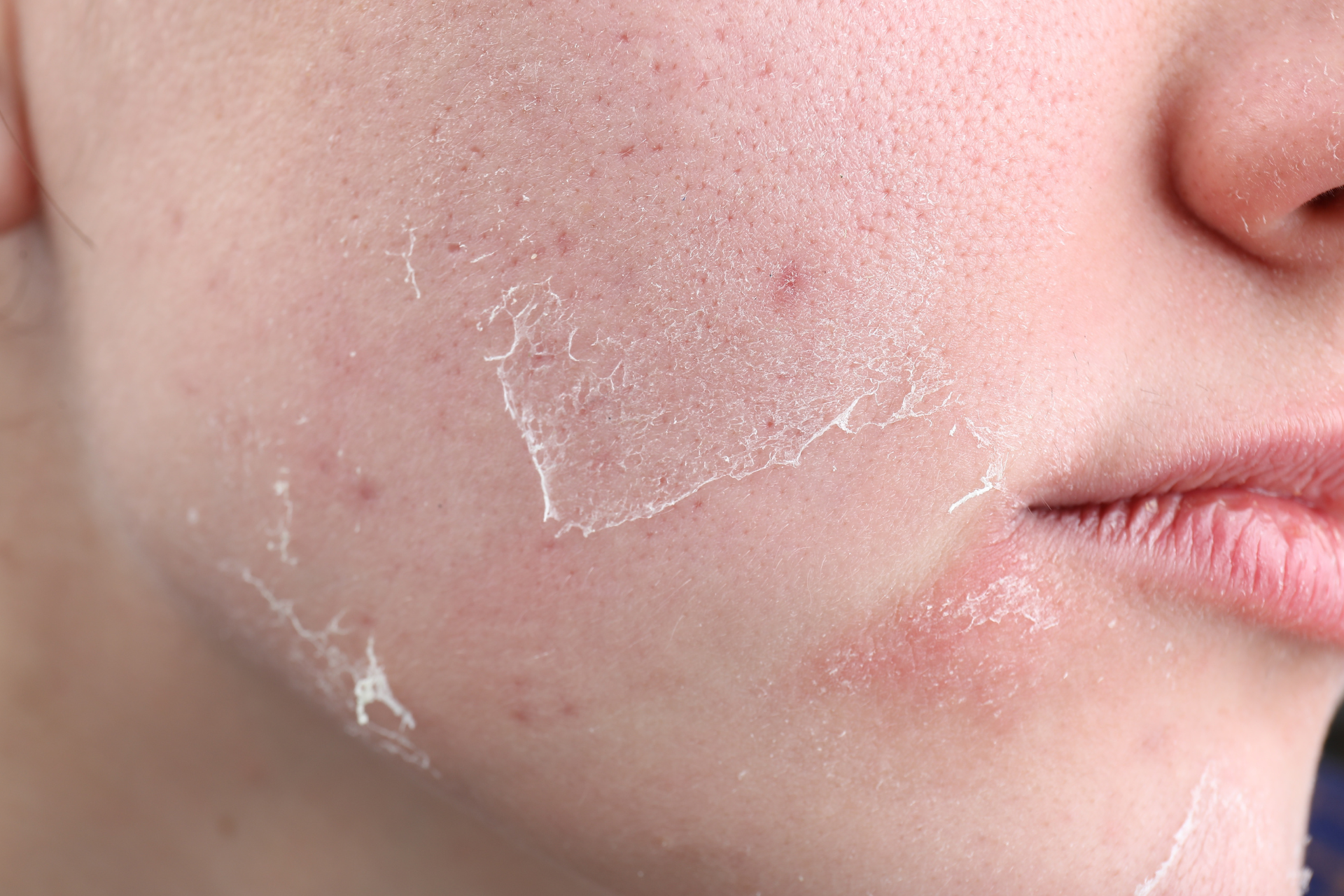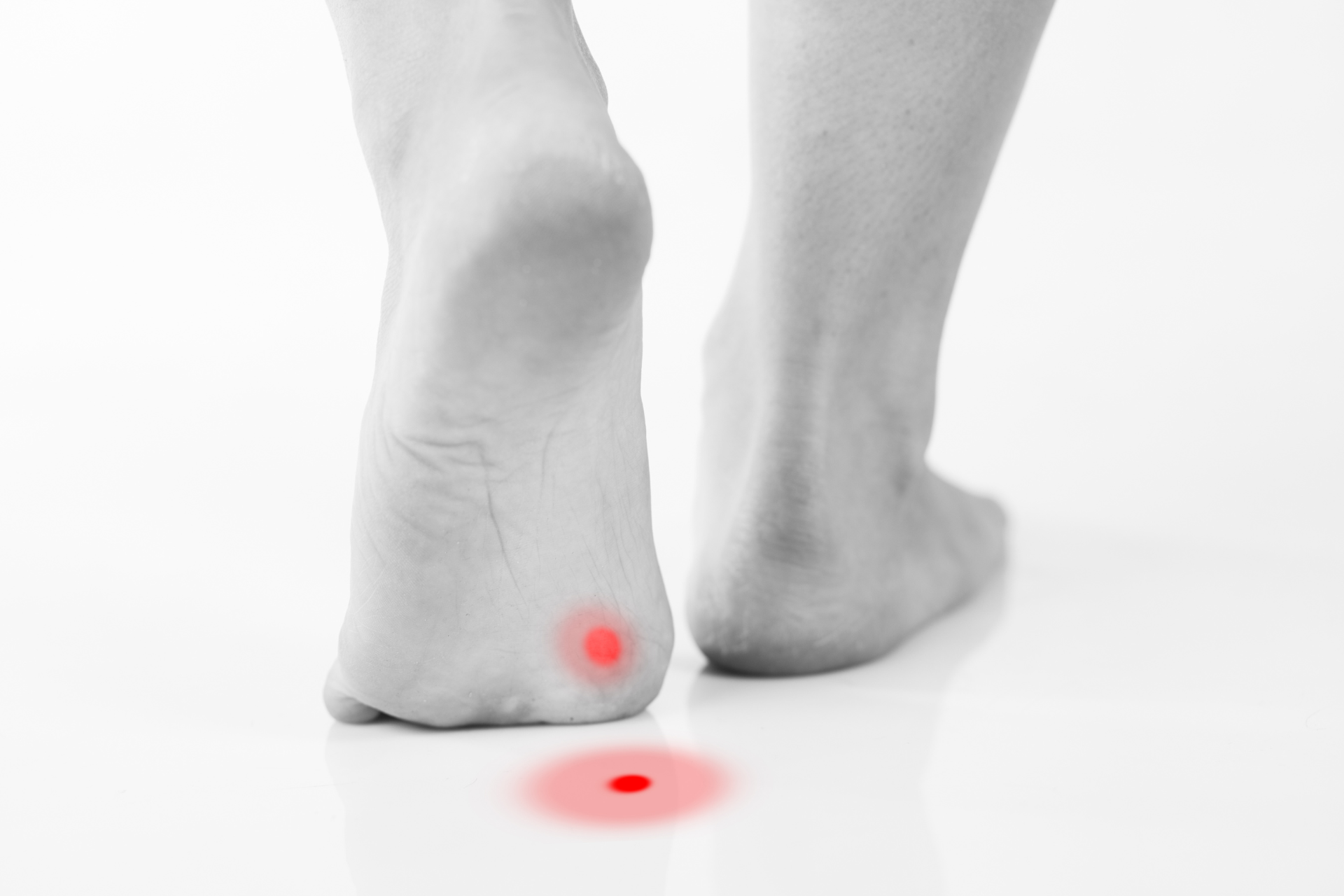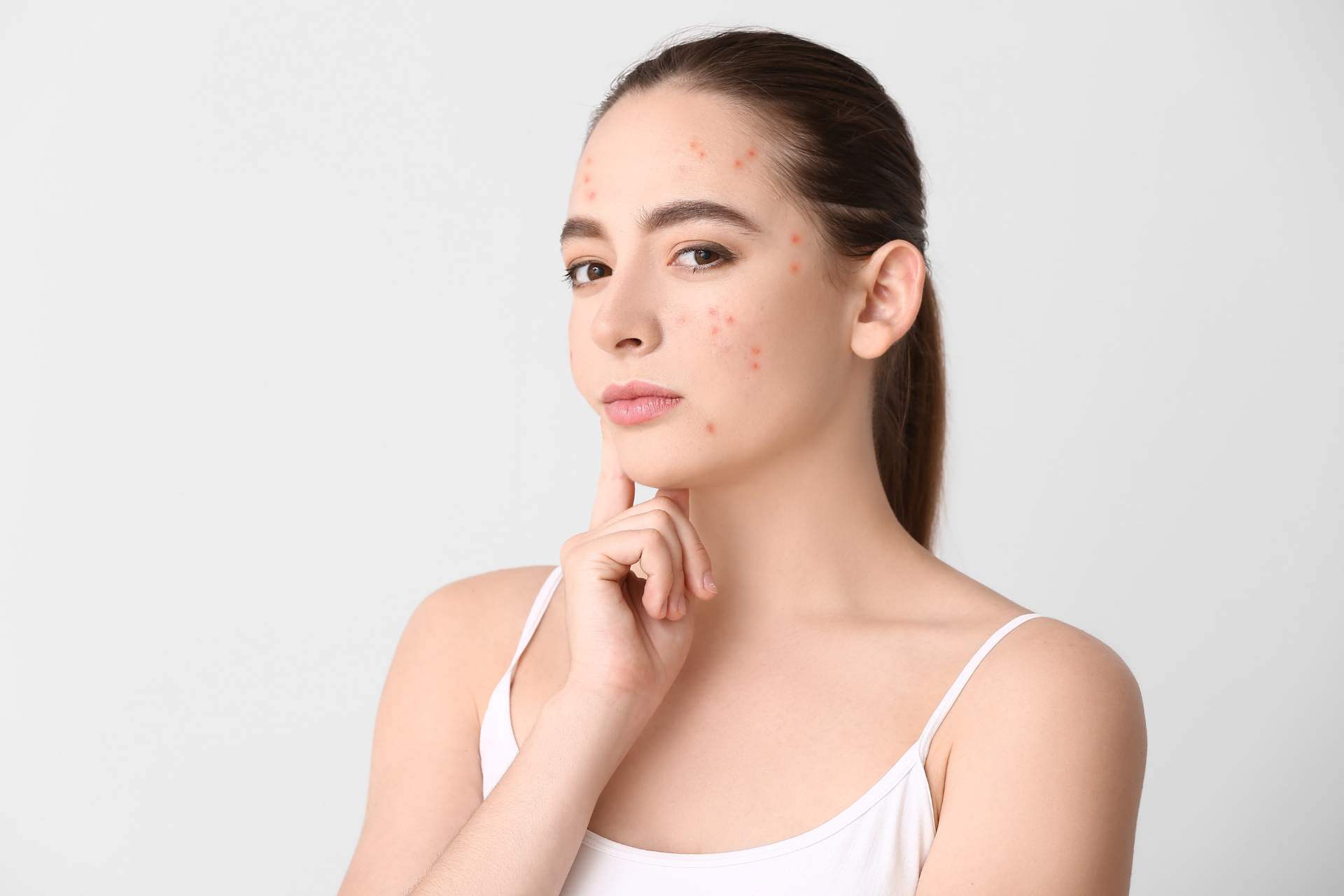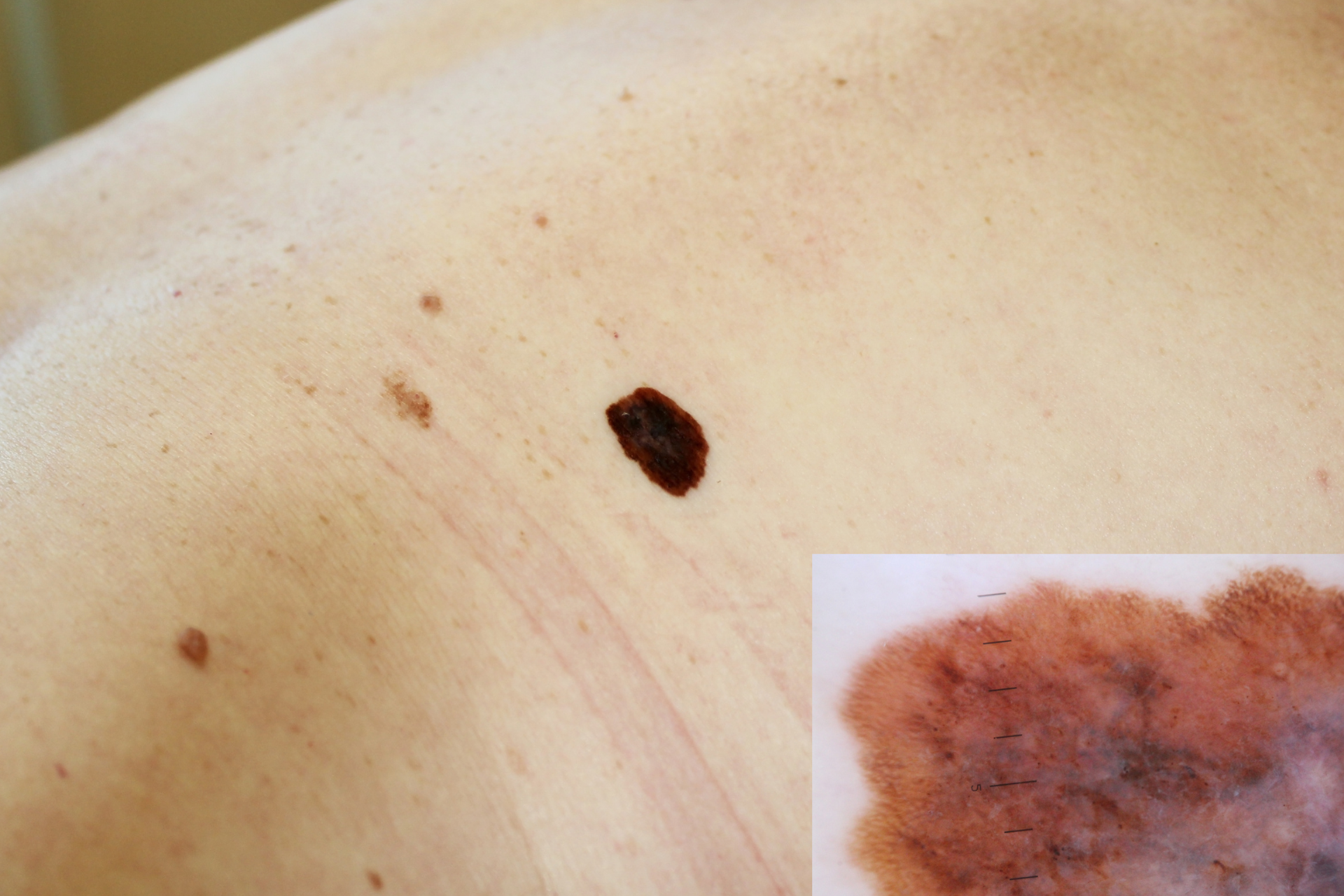Fading Away the Flakes: Solutions for Dry & Dehydrated Skin

In the quest for flawless skin, dealing with dry and dehydrated skin can be a frustrating hurdle. The tightness, flakiness, and dullness that come with these conditions can make it difficult to achieve that radiant glow we all desire. Fortunately, there are solutions that can help you bid farewell to the flakes and welcome back your skin's natural radiance. At Fall Creek Skin and Health Clinic, we understand the importance of healthy skin and are here to guide you through the process of rejuvenating your skin from within.
Understanding the Difference between Dry and Dehydrated Skin
Before diving into solutions, it is essential to understand the difference between dry and dehydrated skin. Dry skin is a skin type characterized by a lack of natural oils, resulting in rough, scaly patches and a feeling of tightness. On the other hand, dehydrated skin lacks water and often feels dull, tired, and may show fine lines and wrinkles more prominently. While dry skin is typically a result of genetics, dehydrated skin can be caused by external factors such as weather, lifestyle habits, and skincare routines.
Hydrating from the Inside Out
One of the most effective ways to tackle dry and dehydrated skin is by hydrating from the inside out. At Fall Creek Skin and Health Clinic, our holistic approach emphasizes the importance of proper nutrition and hydration in maintaining healthy skin. Drinking an adequate amount of water throughout the day helps to keep your skin hydrated and flush out toxins that can contribute to skin issues. Incorporating hydrating foods rich in antioxidants, such as fruits, vegetables, and omega-3 fatty acids, can also promote skin health and combat dryness.
Choosing the Right Skincare Products
When it comes to skincare products, selecting the right ones can make a significant difference in addressing dry and dehydrated skin. Look for products that are specifically formulated to hydrate and nourish the skin, such as moisturizers containing ingredients like hyaluronic acid, glycerin, and ceramides. These ingredients work to attract and retain moisture, helping to restore the skin's natural barrier and prevent water loss. At Fall Creek Skin and Health Clinic, our skincare experts can recommend personalized product recommendations tailored to your skin type and concerns.
Implementing a Consistent Skincare Routine
Consistency is key when it comes to combating dry and dehydrated skin. Establishing a daily skincare routine that includes cleansing, exfoliating, moisturizing, and applying sunscreen can help restore balance to your skin and prevent further damage. Cleansing your skin with a gentle, hydrating cleanser, exfoliating to remove dead skin cells, and moisturizing to lock in hydration are crucial steps in maintaining healthy skin. Additionally, incorporating a broad-spectrum sunscreen into your routine helps protect your skin from harmful UV rays that can exacerbate dryness and premature aging.
Seeking Professional Guidance
If you have tried various solutions and are still struggling with dry or dehydrated skin, it may be time to seek professional guidance. At Fall Creek Skin and Health Clinic, our team of experienced dermatologists and skincare specialists can provide customized treatment plans to address your specific skin concerns. From prescription-strength moisturizers to in-office treatments like hydrating facials and microdermabrasion, we offer a range of options to help you achieve smooth, supple skin.
In conclusion, dry and dehydrated skin can be challenging to manage, but with the right approach and guidance, you can fade away the flakes and reveal a healthier, more radiant complexion. By prioritizing hydration, choosing the right skincare products, maintaining a consistent routine, and seeking professional help when needed, you can overcome these skin concerns and unlock the natural beauty of your skin. At Fall Creek Skin and Health Clinic, we are committed to helping you achieve optimal skin health and confidence. Schedule a consultation today and let us guide you on your journey to healthier, happier skin.




